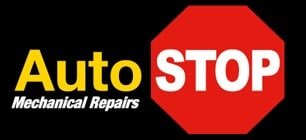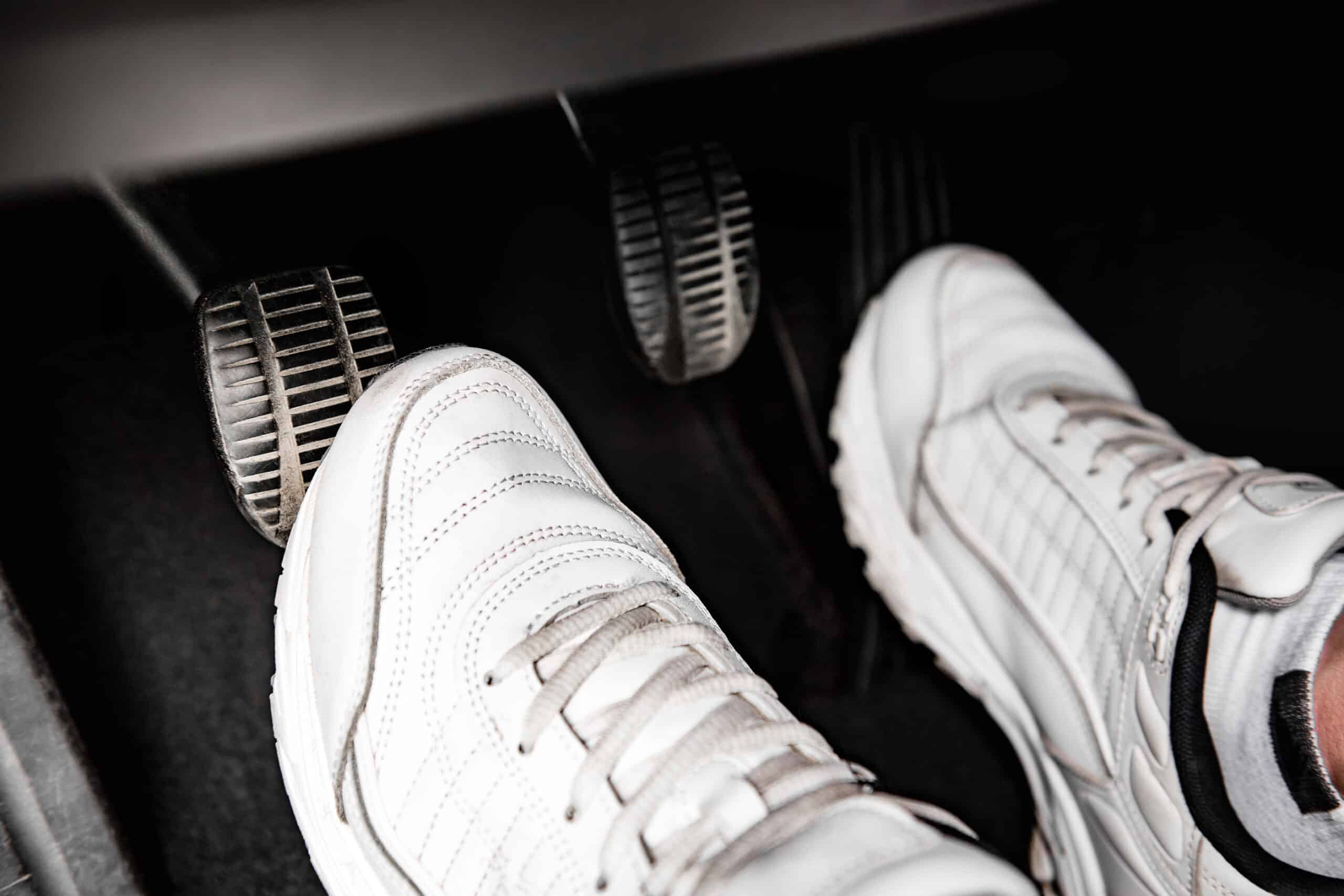
Understanding A Slipping Clutch: Causes, Symptoms And Action Steps
Your vehicle’s clutch system is a vital component in manual transmission cars, enabling smooth gear changes and power transfer from the engine to the wheels. However, as with any mechanical part, wear and tear over time can lead to issues that impact its performance. One common problem that drivers may encounter is a “slipping clutch.”
Imagine you’re driving and suddenly you notice a disconnect between the engine’s revving and the corresponding acceleration. Or perhaps there’s a distinct burning smell that catches your attention. These could be tell-tale signs of a slipping clutch. Understanding this phenomenon is crucial for any car owner to ensure a safe and enjoyable driving experience.
For every driver of a manual vehicle, it is important to have a clear understanding of what a slipping clutch is, along with its underlying causes, prominent symptoms and the essential action steps for effective resolution. By gaining a deeper insight into what a slipping clutch entails, you’ll be better equipped to recognise the signs and take prompt action to prevent further damage to your vehicle’s transmission system.
From identifying the common culprits responsible for clutch slippage to guiding you through a DIY test to assess your clutch’s condition, get a deeper understanding of the crucial aspects of this issue. Additionally, learn about the importance of seeking professional expertise when dealing with intricate automotive issues.
Whether you’re a seasoned car enthusiast or a novice driver, let this be your informative guide to understanding a slipping clutch and how to handle it with confidence.
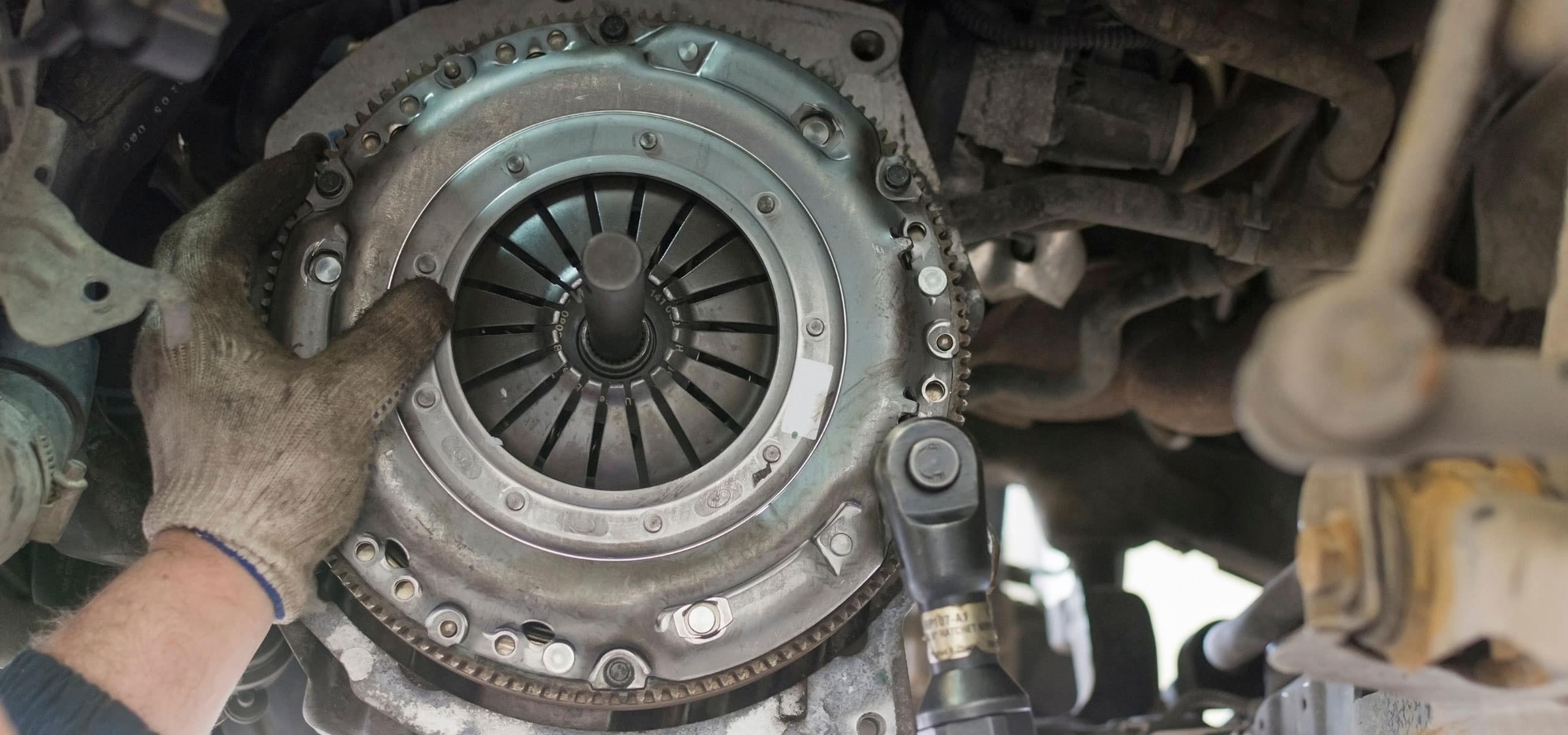
Causes of Clutch Slippage
Understanding the causes behind clutch slippage is crucial to preventing further complications in your vehicle’s transmission system. There are numerous reasons why a clutch may start slipping, ranging from mechanical wear and tear to improper driving habits.
Worn Clutch Disc
The clutch disc is a fundamental component sandwiched between the engine’s flywheel and the pressure plate. With time and regular use, this disc can wear down, reducing its ability to grip and causing slippage. The clutch disc is coated with a friction material – much like brake pads and this coating can wear thin over time. When this happens, the clutch disc can’t maintain a firm grip, leading to slippage.
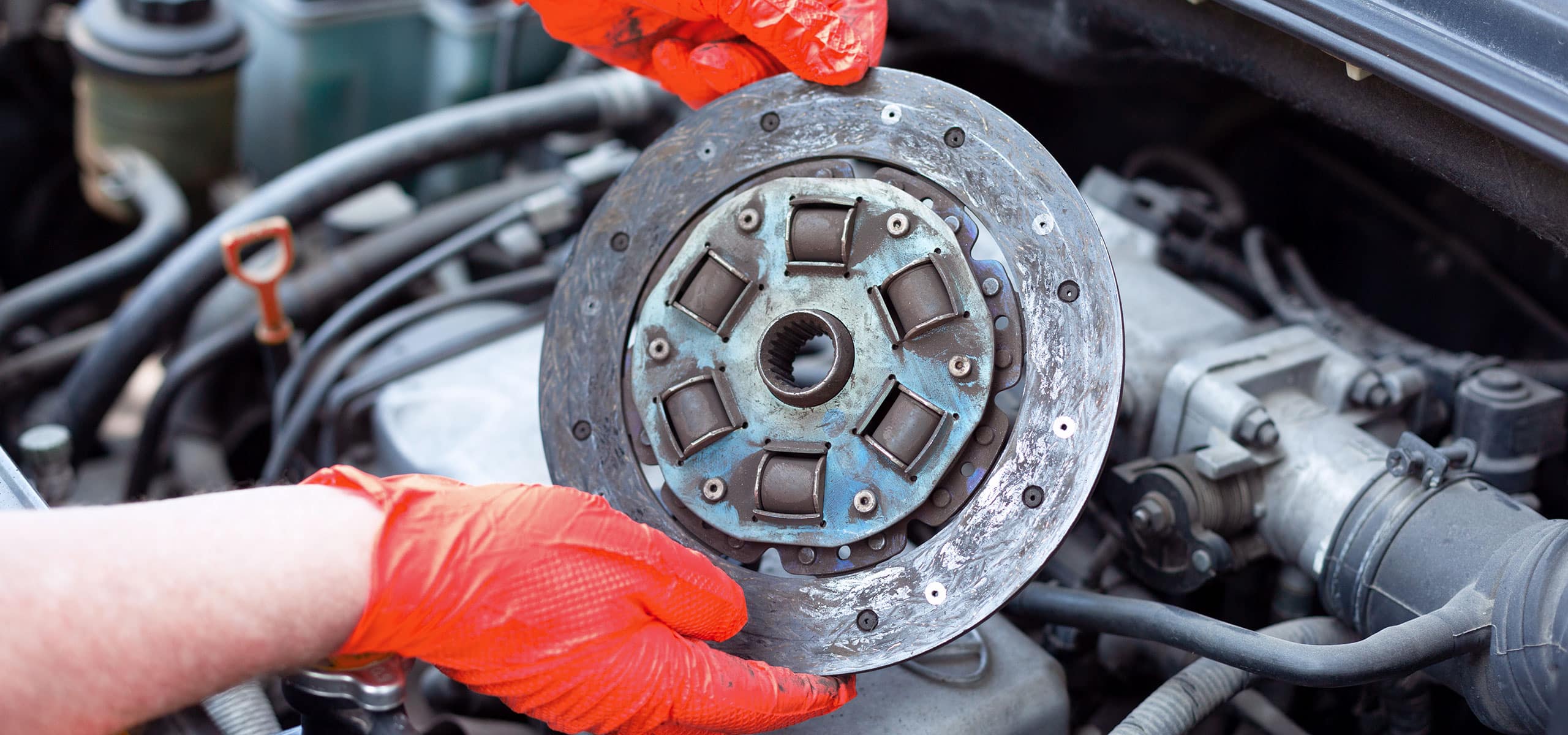
Pressure Plate Issues
The pressure plate is responsible for applying pressure to the clutch disc, pushing it against the flywheel and allowing power transmission from the engine to the gearbox. When the pressure plate becomes weak or damaged, it cannot exert the necessary pressure on the clutch disc, causing the disc to slip. Various factors such as regular wear, overheating or spring damage can lead to pressure plate malfunctions.
Clutch Fluid Problems
In hydraulic clutch systems, the clutch fluid, or brake fluid, plays a crucial role in engaging and disengaging the clutch. If this fluid becomes contaminated or if there’s a leak in the system, it can lead to clutch slippage. Contaminated fluid can cause the clutch to engage sluggishly or not disengage fully, leading to slippage.
Aggressive Driving and Improper Gear Shifting
The way you drive your vehicle can also significantly influence the lifespan of your clutch. Aggressive driving habits, such as rapid acceleration or deceleration, frequent stop-and-go traffic, or driving at high RPMs, can cause excessive wear and tear on the clutch system.
Improper gear shifting is another major factor that can contribute to clutch slippage. ‘Riding’ the clutch (i.e. keeping the clutch partially disengaged while driving) can lead to excessive heat and wear. Likewise, shifting gears without fully engaging the clutch (a practice known as ‘half-clutching’) can cause the clutch to slip.
Clutch slippage can stem from a myriad of causes. Adjusting your driving habits can play a critical role in preserving the health and longevity of your clutch system.
Clutch Slipping Symptoms
A slipping clutch can significantly impact your vehicle’s performance. Recognising the symptoms of a slipping clutch is key to taking prompt action and preventing more severe damage. Here are the most common signs to watch out for:
Higher Engine RPM Without Corresponding Increases in Speed
One of the most obvious signs of a slipping clutch is when the engine’s RPM (revolutions per minute) increases without a corresponding increase in speed. In a well-functioning vehicle, the engine’s RPM and the vehicle’s speed should increase in tandem. However, with a slipping clutch, the engine revs up, but the car doesn’t accelerate as it should. This is because the power from the engine isn’t being adequately transmitted to the wheels due to the slipping clutch.
Difficulty Accelerating
Another common symptom of a slipping clutch is difficulty in accelerating or a delay in vehicle response. When the clutch slips, the engine’s power isn’t efficiently transferred to the wheels, which can result in sluggish acceleration. If your vehicle feels like it’s struggling to gain speed or doesn’t respond quickly when you step on the gas, your clutch might be slipping.
Distinct Burning Smell
A slipping clutch generates excessive friction, which in turn produces heat. This can cause a distinct burning smell – similar to the smell of burning rubber or an electrical fire. Once you’ve smelt a burning clutch you will never forget it! This intense smell is a clear indication that something is wrong and should not be ignored. If you notice a burning smell coming from your vehicle, it’s essential to have it checked out as soon as possible to prevent further damage.
The early recognition of these symptoms is paramount in addressing the issue before it escalates. A slipping clutch not only affects your vehicle’s performance but can also lead to more severe damage if left untreated. Pay close attention to these symptoms and seek professional help immediately upon noticing any signs of clutch slippage.
DIY Clutch Slippage Test
If you suspect that your clutch may be slipping, you can conduct a simple test at home to check. This DIY test is relatively straightforward and requires no special tools or equipment. However, remember that while this test can help identify the issue, it’s crucial to seek professional diagnosis and repairs to accurately determine the root cause and the most appropriate solution.
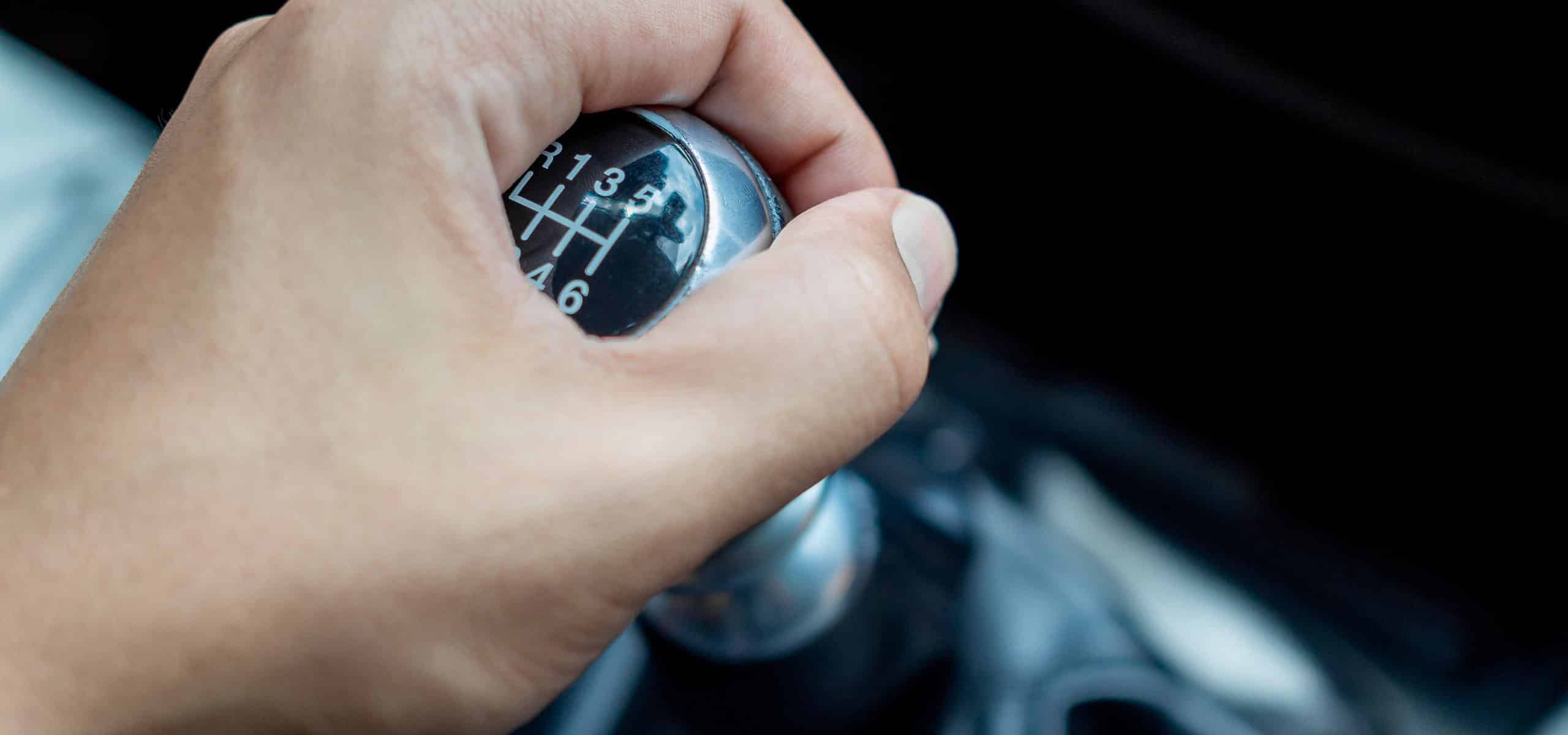
Step-by-Step Guide
Find a Safe Location:
Before starting the test, find a safe, flat location away from traffic and pedestrians where you can perform the test without causing any risk.
Start Your Vehicle:
Turn on your vehicle and allow it to idle for a few minutes so that the engine warms up.
Set Your Vehicle in Motion:
Put your vehicle into third gear and gradually release the clutch while giving it some gas. In a properly functioning clutch system, attempting to start moving in third gear should cause the engine to stall because the load is too high.
Monitor the Vehicle’s Response:
If the vehicle doesn’t stall or if it moves but with difficulty, this could indicate clutch slippage. A healthy clutch should make stalling almost instantaneous in this scenario.
This simple test can give you a good indication of whether or not your clutch is slipping. However, remember that it is not definitive. Different vehicles can behave differently and other issues can sometimes mimic the symptoms of a slipping clutch.
Consult a Professional
If your vehicle passes the DIY test and you still suspect that your clutch is slipping, it’s highly recommended to seek professional help. A trained mechanic can perform more comprehensive tests and has the necessary knowledge and experience to diagnose the problem accurately. This is especially important because clutch slippage can sometimes be a symptom of other, more serious issues that require immediate attention.
Performing this DIY test and then following up with a professional can help ensure your vehicle stays in good working order and prevent further damage to your transmission system. Remember, the sooner you can identify and address the issue, the better chance you have of saving your clutch and avoiding more expensive repairs down the line.
Clutch Repair Options
When it comes to addressing a slipping clutch, several clutch repair options are available, depending on the extent of the damage and the specific cause of the issue. Here are some potential solutions that a professional mechanic might suggest:
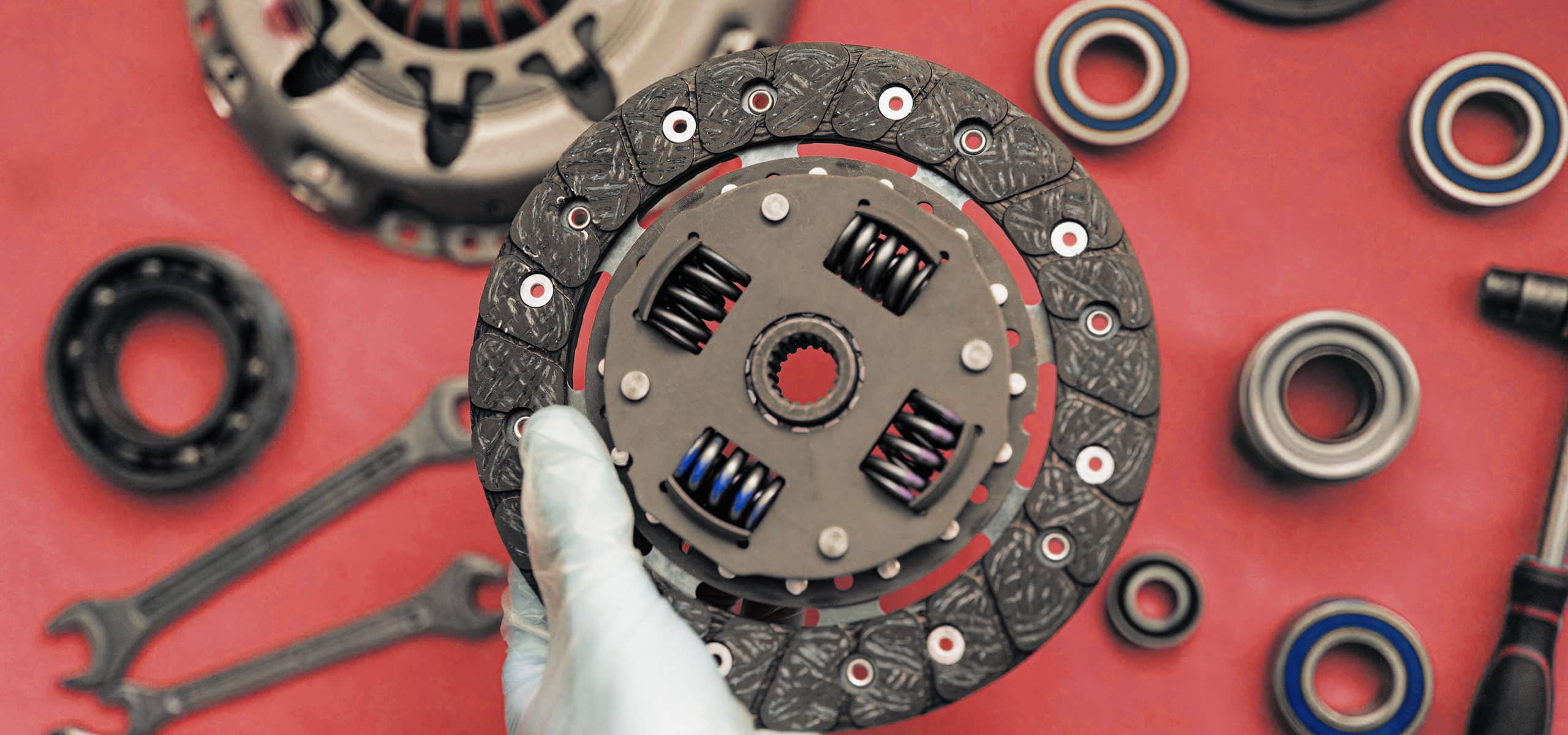
Clutch Adjustments
Sometimes, a slipping clutch can be remedied with a simple adjustment. For instance, if the issue is due to a maladjusted clutch linkage or a minor hydraulic system problem, a mechanic can make necessary corrections to resolve the issue. Adjustments are usually less costly than other repair options and can be sufficient if the clutch components are still in good condition.
Clutch Component Replacements
If individual components of the clutch are worn or damaged, such as the clutch disc or pressure plate, it may be possible to replace just these parts rather than the whole clutch assembly. This option can be more cost-effective than a full clutch replacement, but it’s important to remember that other parts of the assembly may also be nearing the end of their service life.
Complete Clutch System Replacement
In cases where multiple components are damaged or worn beyond repair, a complete clutch system replacement may be necessary. This is the most expensive option, but it can also be the most beneficial in terms of longevity and performance, particularly for older vehicles that have seen a lot of use. A new clutch system can restore your vehicle’s performance and prolong the lifespan of the transmission.
Each repair option comes with its own set of considerations. The cost is often a significant factor for vehicle owners, but it’s also important to consider the expected lifespan of the repair and its impact on the vehicle’s performance.
Preventative Maintenance Tips
Extending the lifespan of your clutch and avoiding clutch slippage can often come down to a series of straightforward, preventative maintenance habits. Following these tips can not only save you from unexpected repair costs but also ensure a smooth and enjoyable driving experience.
Use Your Clutch Properly
Improper clutch use can speed up wear and tear and contribute to clutch slippage. Avoid ‘riding’ the clutch, i.e. keeping your foot on the clutch pedal while driving. This habit can cause the clutch to engage partially, leading to unnecessary wear. Similarly, refrain from using the clutch to hold your car in place when on an incline; instead, use the brakes.
Regularly Maintain Clutch Fluid
Just like other fluids in your car, clutch fluid (also known as brake fluid in some vehicles) needs to be kept clean and at the proper level. Over time, the fluid can become contaminated, which can affect the functioning of the hydraulic system controlling the clutch. Regularly check the fluid level and quality, and have it changed according to your vehicle manufacturer’s recommendations.
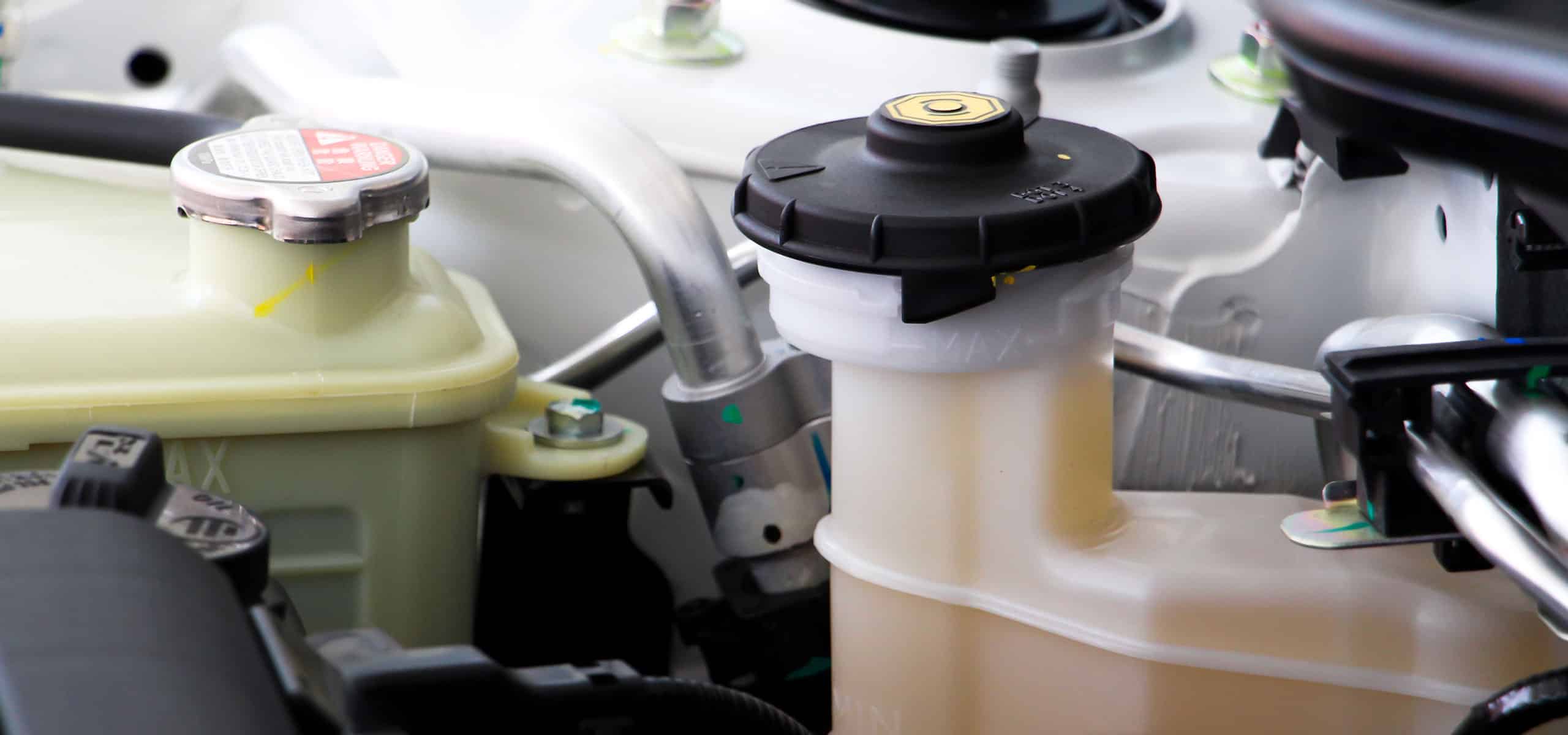
Adopt a Smooth Driving Style
Aggressive driving, such as rapid acceleration, deceleration, or shifting gears at high RPMs, can put additional stress on your clutch, leading to premature wear. Try to adopt a smoother, gentler driving style. Shift gears only when necessary and aim to keep engine RPMs low whenever possible.
Regular Inspections and Early Intervention
Consider getting your vehicle’s clutch system inspected during your regular vehicle service. This can help catch any early signs of wear and tear before they turn into bigger issues. If you notice any signs of clutch slippage, it’s important to get it checked out by a professional as soon as possible. Early intervention can prevent further damage and could potentially save you from a costly repair or replacement.
Following these simple preventative maintenance tips can significantly extend the life of your clutch and enhance your vehicle’s performance. Remember, proper care and attention to your vehicle’s needs can go a long way in preventing issues like clutch slippage.
No More Slipping Clutch!
Clutch slippage is a common issue that can greatly affect a vehicle’s performance and potentially lead to more severe and costly problems if left untreated. Understanding the causes, recognising the symptoms early and conducting a basic DIY test can help you identify a slipping clutch promptly. However, professional diagnosis and repairs are essential to accurately identify the root cause and recommend the most appropriate solutions.
Repair options range from minor adjustments to complete clutch system replacements, each with its own benefits and considerations. A professional mechanic can provide invaluable advice to help you make an informed decision that takes into account factors like cost, longevity and performance.
But, remember, the best way to deal with clutch slippage is to prevent it from happening in the first place. Proactive maintenance habits, such as proper clutch use, regular clutch fluid maintenance, adopting a smooth driving style and early intervention at the sign of problems, can go a long way in extending the life of your clutch and ensuring a safe and smooth driving experience.
At the end of the day addressing clutch slippage promptly and effectively contributes to the longevity of your vehicle and enhances your overall driving experience. Adopting a proactive approach to vehicle maintenance is an investment in your vehicle’s health and your peace of mind.
Auto Stop are professionals in clutch repairs and we have a comprehensive service for clutch repairs, replacement and servicing in both Brisbane and Gold Coast. Contact us for any clutch issues you may have, we’re here to help.


